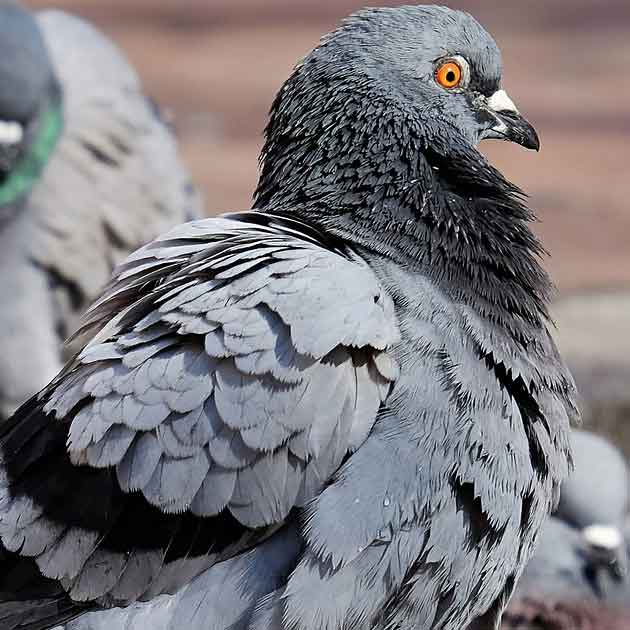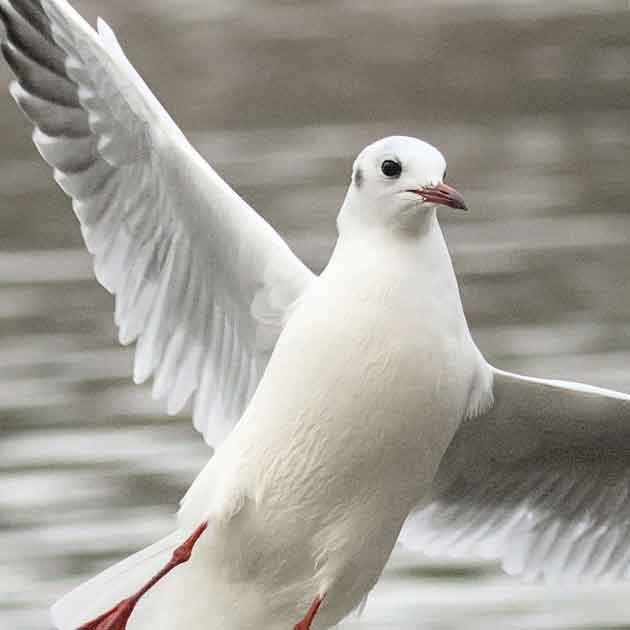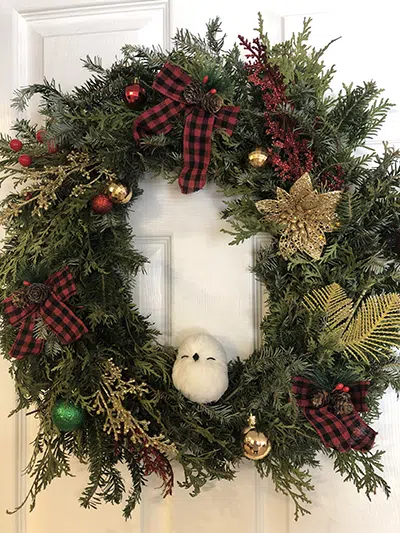Your roof is of utmost importance - and expensive to replace.
Nesting seagulls, as well as raccoons or squirrels, can wreak tremendous havoc on your roof. Take care of pest birds or animal wildlife before their activities threaten the structural integrity of your building. This is equally important for residential and industrial properties.
Here is a list of best practices for keeping roof damage (and pest birds or animal wildlife) at bay:
- Inspect the roof and eaves for pest issues at least once every quarter.
This includes insects, rodents, birds, and other wildlife. Signs of activity could include chewed or gnawed wiring, seals, or objects; buildup of excrement/droppings or feathers; or the presence of live or dead pests. - Clear leaf debris off of rooftops and out of gutters.
Leaf debris cancreate an excellent harborage for pests such as large cockroaches and ants. - Ensure that there are no trees that overhang or touch the roof.
Trees that touch or are near rooftops create excellent access points for pests and nuisance wildlife. - Remove any standing or pooling water.
Many pests, like humans, need water for drinking, grooming, and breeding. Rodents, birds, insects, and mosquitoes can take advantage of even small puddles. Flat rooftops are especially vulnerable to pooling water. - Investigate and repair potential roof leaks quickly.
Some pests can live and thrive in roofing material if even a small leak goes unrepaired. - Check that all roof drains are free of obstructions or debris.
This will help prevent pooling water. - Install vent covers on all open vents.
Vents provide easy access to your facility, especially for rodents and nuisance wildlife. - Install chimney caps.
This will prevent rodents, birds, bats, or other wildlife from gaining access to fireplaces. - Check screens on the inside of gable vents, ridge vents, and other roof vents.
Birds, wildlife, and many insects can use these areas to access attic voids. - Seal gaps around piping, cabling, or vents.
Use rodent-proof material such as copper mesh, harware cloth, and metal. - Check to ensure there are no gaps between the HVAC unit and the surface on which it is installed.
This can be a safe and warm nesting spot for birds. - Be sure that HVAC panels are tightly closed.
Birds will enter these areas if they are larger than an inch.
We are here to help you deal with Pest Bird Control and avoid potential health hazards, costly damage to property, and loss of product and/or productivity (especially in the food and healthcare sectors) if pest birds are not addressed immediately.
Now with 7 Locations ( 6 In Canada and 1 in the U.S), we are ready to serve you better in Acton, Toronto, Oshawa, Bowmanville, two locations in Mississauga and West Palm Beach in Florida.
Contact us today or Email us at [email protected] if you need help with pest bird control and/or pest bird removal.
Pest Birds such as Cormorants, Crows, Ducks, Doves, Geese, Grackels, Seagulls, Pigeons, Robins, Sparrows and Starlings.














